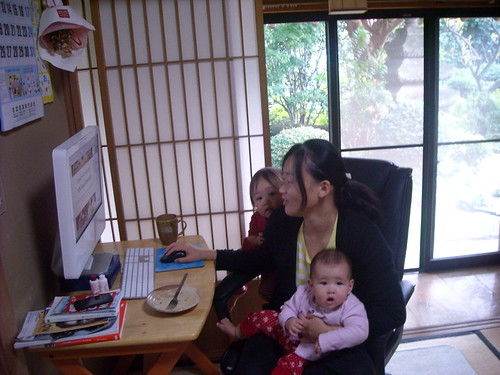
I am a professor, a social scientist, and – to some extent – a public intellectual. It thus seems imperative that I keep up on the news. I talk about current events in my classes. I write about immigration policy, which is constantly changing. And, I like to know what’s going on so I can keep apace at bars and cocktail parties. Thus, in many ways, I need to know what is going on in the news so I can be effective at my work.
Even so, I find it useful to cut back on the amount of information coming at me. There are two ways that I have cut back:
- Limiting the amount of time I spend on news and social media sites; and
- Getting my intellectual work (writing) done before checking email and other websites.
I am convinced that I am a more productive writer when I write before going on social media and email. However, I have to admit it is a constant struggle. That’s why I find a strategy suggested by Dr. Morgan Giddings useful – “the information diet.” This strategy is also suggested by Clay Johnson, author of The Information Diet.
I am participating in a “Think Creative, Be Productive” Course offered by Dr. Morgan Giddings. I have only gotten through the first module. But, in that module Giddings offers up a great strategy that she calls an “information diet.” She challenged all of the course participants to cut out or cut back the following sources of (often unnecessary) information:
- News sites
- Blogs
- Text messages
- Phone conversations
- In-person conversations
Giddings argues that reducing the amount of extraneous information that you permit to come into your mind will allow you to tap deeper into your intuition. If there is less clutter in your mind, you can think more clearly. I certainly agree with that. But, how do you reduce the flow of information?
Giddings is not suggesting that you completely eliminate these sources of information, but that you control how much you take in and control the times that you indulge in them.
I have a family to take care of, so it is not usually the case that I can wake up and walk straight to my computer without talking to anyone in the morning. However, I can avoid the urge to go on the Internet first thing in the morning. I also can make sure that I write for two hours before permitting myself to engage in email, social media, or phone conversations.
I put this strategy into practice this week and was mildly successful.
On Wednesday, I was successful at avoiding all Internet activities before getting in two hours of writing. On Thursday, I did the same. On Friday, however, I thought I would just check a little bit of email while my kids were getting ready for school. They left the house at 8:30am. At 9:30am, I was still on Facebook.
That’s when I turned on my “Self-Control” application and wrote for an hour. Self Control is a free and open-source application for Mac OS that lets you block your own access to particular websites. Once you install it, you can set a period of time to block for, add sites to your blacklist, and click "Start." Until that timer expires, you will be unable to access those sites--even if you restart your computer or delete the application. (Check out this list here for other apps that can help you go on an information diet.)
On Friday, I set Self-Control for two hours and was able to avoid distractions for an hour. After an hour, however, I pulled out my phone and got sucked into a Twitter debate.
Lesson learned (again). No Internet in the mornings before writing!
It is not just about the time you save in the morning by not checking email, news sites, and social media. It is also about the mental clarity you are able to sustain. Writing is a tough intellectual exercise, and the more focus and clarity you have, the better you will be at it.
What do you think? Are you ready to go on an information diet? Do you already have self-imposed restrictions? How do you avoid the urge? Does the urge go away with time?
















